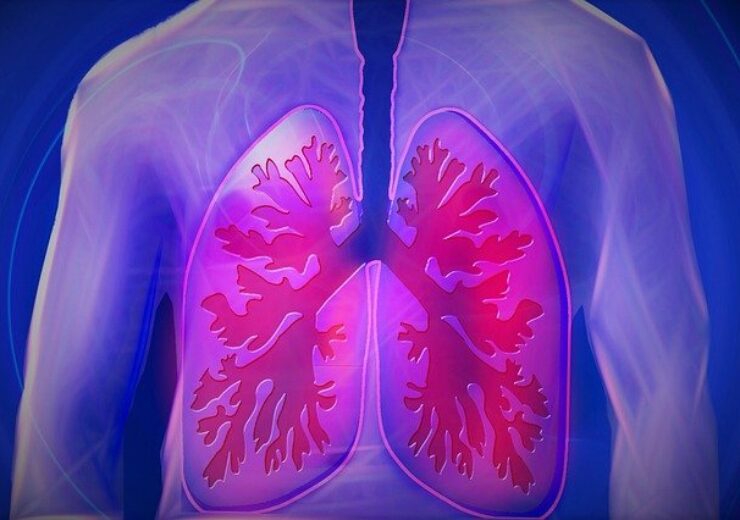The study is designed to validate Cellvizio as a real-time biopsy guidance tool during robotic-assisted bronchoscopy to potentially minimise the near-miss rate of peripheral lung cancer

Cellvizio is a multidisciplinary probe and needle-based confocal laser endomicroscopy platform. (Credit: kalhh/Pixabay)
Mauna Kea Technologies has signed a research collaboration agreement with Johnson & Johnson’s (J&J) Lung Cancer Initiative (LCI) for the clinical study of the Cellvizio platform.
Cellvizio is a multidisciplinary probe and needle-based confocal laser endomicroscopy (pCLE and nCLE) platform.
The study is designed to validate Mauna Kea’s Cellvizio as a real-time biopsy guidance tool during robotic-assisted bronchoscopy to potentially minimise the near-miss rate of peripheral lung cancer.
Under the deal, Mauna Kea will take part in the prospective, multi-centre, open-label and single-arm clinical feasibility study, which is sponsored and funded by LCI.
Mauna Kea Technologies Robert Gershon and CEO Robert Gershon said: “We are pleased to announce this important clinical study and expanded agreement as part of our collaboration with the Lung Cancer Initiative at Johnson & Johnson.
“We are also pleased with the progress we have made in our strategic collaboration with LCI and the potential impact of real-time in vivo cellular imaging with Cellvizio, combined with the Monarch Platform, particularly as it relates to using Cellvizio for real-time tool-in-lesion confirmation during robotic-assisted bronchoscopy procedures.”
The trial will integrate nCLE with robotic-assisted bronchoscopyn with the support of Cellvizio and the Monarch Platform from Auris Health, which is part of the Johnson & Johnson Medical Devices Companies.
It will help evaluate the potential of nCLE to precisely confirm needle position for the diagnosis of peripheral lung nodules.
Under the terms of the agreement, Mauna Kea also granted right of first refusal (ROFR) to LCI with respect to any transaction relating to the company’s nCLE variant for use in endoluminal robotic procedures for any lung applications.
The ROFR is also granted for the application of machine learning, artificial intelligence solutions and learning models for diagnosis, risk stratification, and treatment associated with lung disease, as well as for use for endoluminal or transthoracic intra-tumoral drug delivery procedures for lung.
In addition, the ROFR is said to be effective for the term of the study and an additional four months thereafter.
